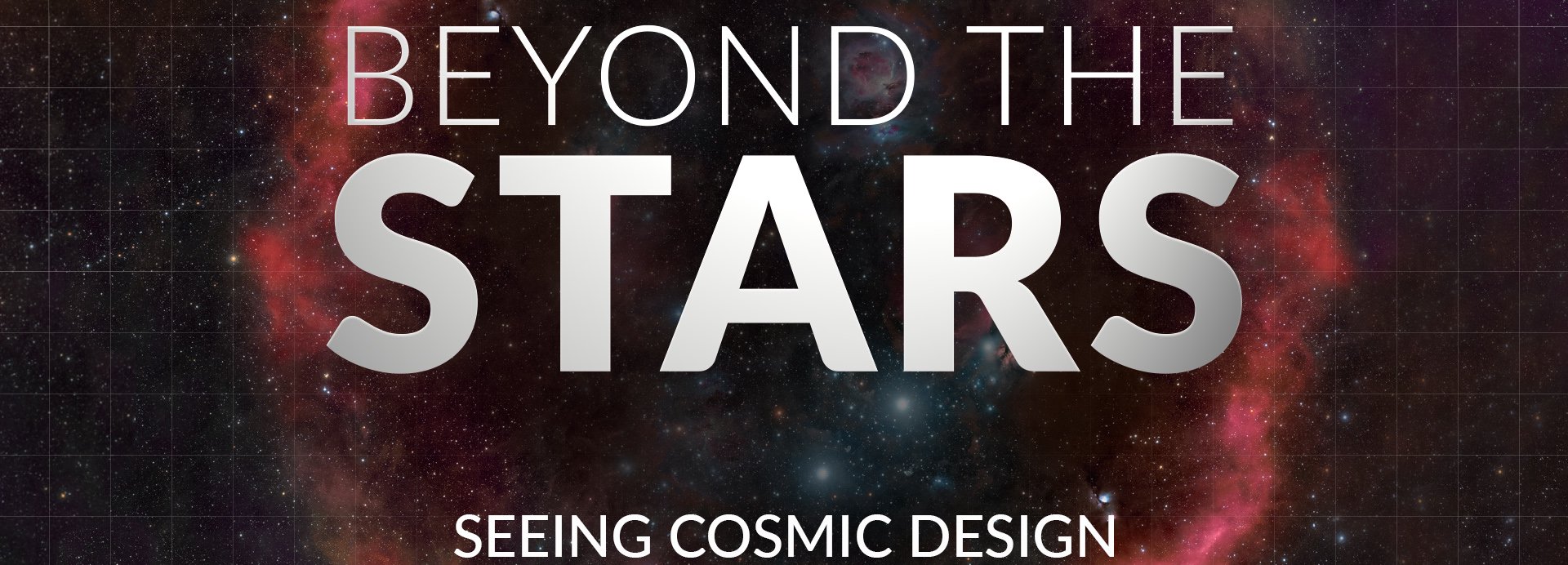Earth's Moon
Branyon May
Come explore Earth’s nightlight, the Moon. The Moon is our nearest celestial neighbor, making it the brightest object in the night sky. Since the beginning of creation, it also has been used as a timekeeping device for tracking months and seasons. Additionally, in its formation of ocean tides, the Moon has far reaching effects for sustaining sea life, influencing coastal conditions, and even affecting the atmospheric conditions. As the only body outside of Earth that man has personally landed on, set foot on and explored, our relationship to the Moon may be greater than any other celestial body. Created by God, the Moon has a designed role to support the balance of life here on Earth.





